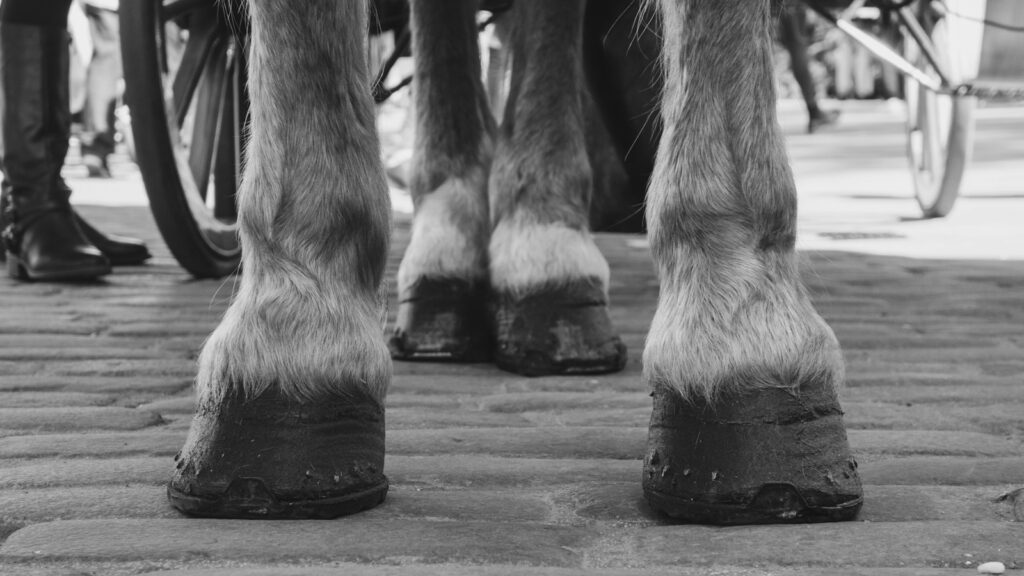Laminitis, a painful inflammatory condition affecting the sensitive laminae tissues that connect the hoof wall to the coffin bone, represents one of the most serious threats to equine health and performance. For owners and caretakers of active horses, detecting this condition in its earliest stages can make the difference between swift recovery and chronic, career-ending lameness. While laminitis can affect any horse, performance horses face unique risks due to their training regimens, dietary requirements, and the physical demands placed upon them. The good news is that vigilant owners can identify subtle early warning signs before severe damage occurs, potentially saving their equine partners from debilitating pain and long-term complications. This comprehensive guide will help you recognize the earliest indicators of laminitis in your active horse and understand when to take immediate action.
Understanding Laminitis: The Silent Threat
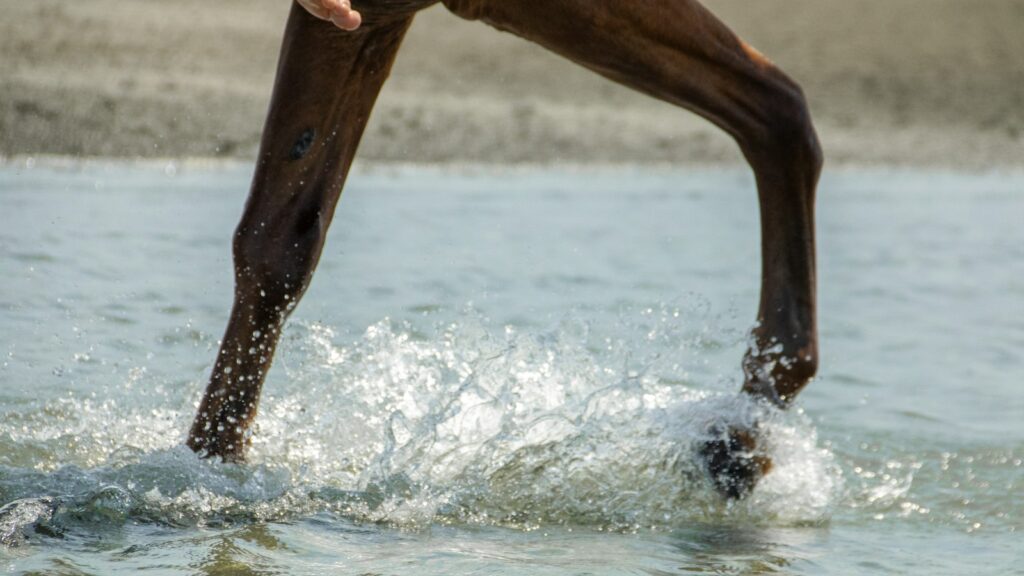
Laminitis occurs when blood flow to the laminae—the delicate tissues connecting the hoof wall to the coffin bone—becomes compromised, leading to inflammation, pain, and potential structural damage within the hoof. Unlike some equine ailments with obvious external symptoms, the earliest stages of laminitis often manifest through subtle behavioral and physical changes that can be easily overlooked. The condition progresses rapidly once inflammation begins, making early detection crucial for preventing irreversible damage to the internal structures of the hoof. Understanding that laminitis is not merely a hoof problem but a systemic condition with manifestations in the feet helps owners recognize its seriousness and approach detection with appropriate vigilance.
Changes in Stance and Weight Distribution
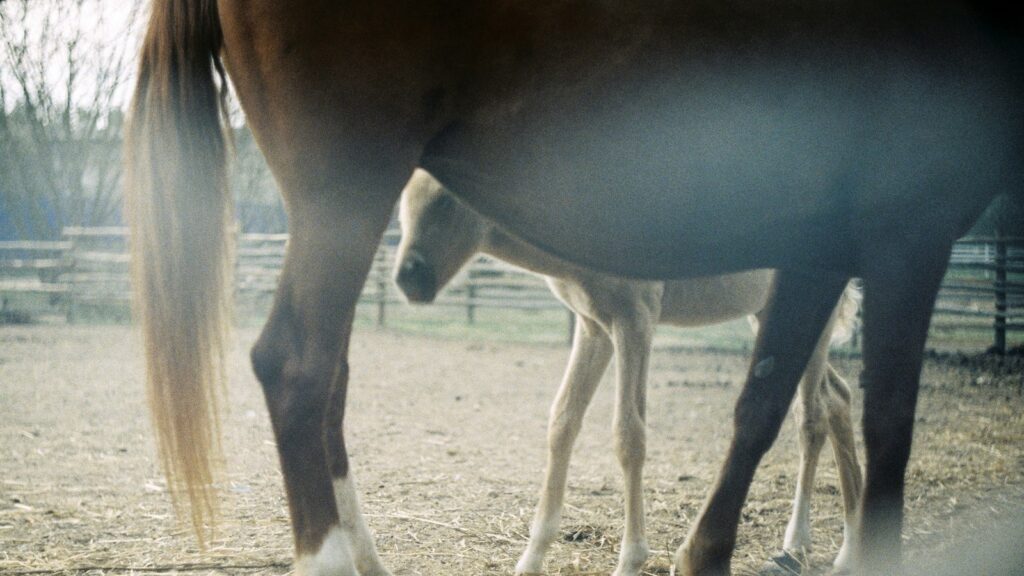
One of the earliest and most reliable indicators of developing laminitis is a change in how your horse stands and distributes weight. A horse experiencing the initial stages of laminitis will often adopt a characteristic stance where they shift weight backward, attempting to relieve pressure on the painful front feet. You might notice your horse standing with front feet extended forward (the “pointing” stance) or positioning all four feet closer together underneath their body than usual. In cases where only one foot is affected, the horse may clearly favor that limb, resting it more frequently or placing less weight on it while standing. These changes in stance might initially be subtle and intermittent, appearing more pronounced after work or in the morning after periods of rest.
Digital Pulse Changes: A Critical Early Warning
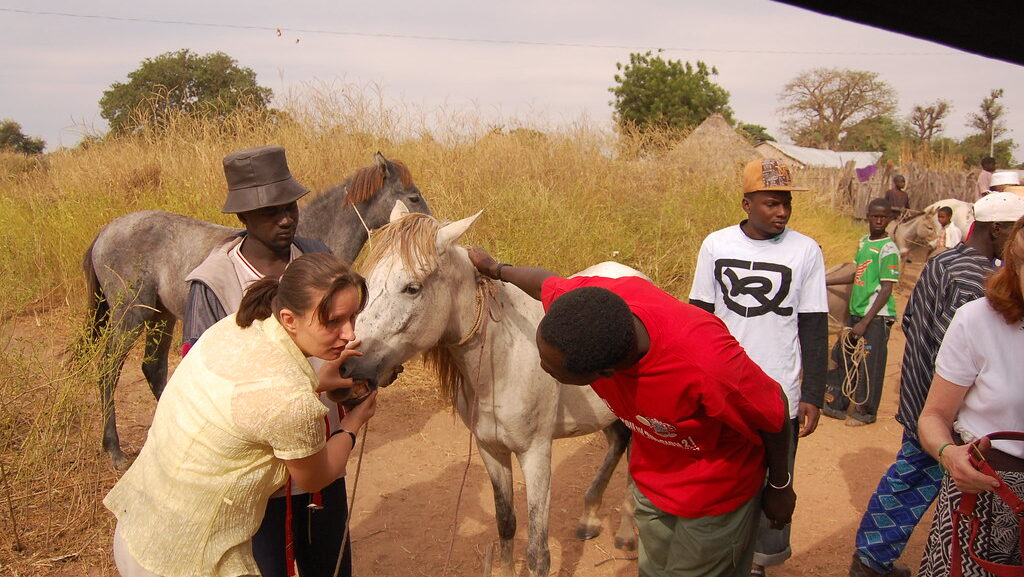
Monitoring your horse’s digital pulse provides one of the most effective methods for early laminitis detection, often revealing changes before obvious lameness appears. A stronger than normal or “bounding” digital pulse indicates increased blood flow to the foot—a hallmark of the inflammatory process beginning in the laminae. To check this vital sign, place your fingers against the back of your horse’s fetlock where the digital artery runs alongside the sesamoid bones. In a healthy horse, the pulse should feel subtle and somewhat difficult to locate, while in a horse developing laminitis, it becomes notably stronger and easier to detect. Learning to regularly check and recognize your horse’s normal digital pulse creates a valuable baseline for identifying abnormal changes that warrant immediate attention.
Heat in the Hooves and Coronary Bands
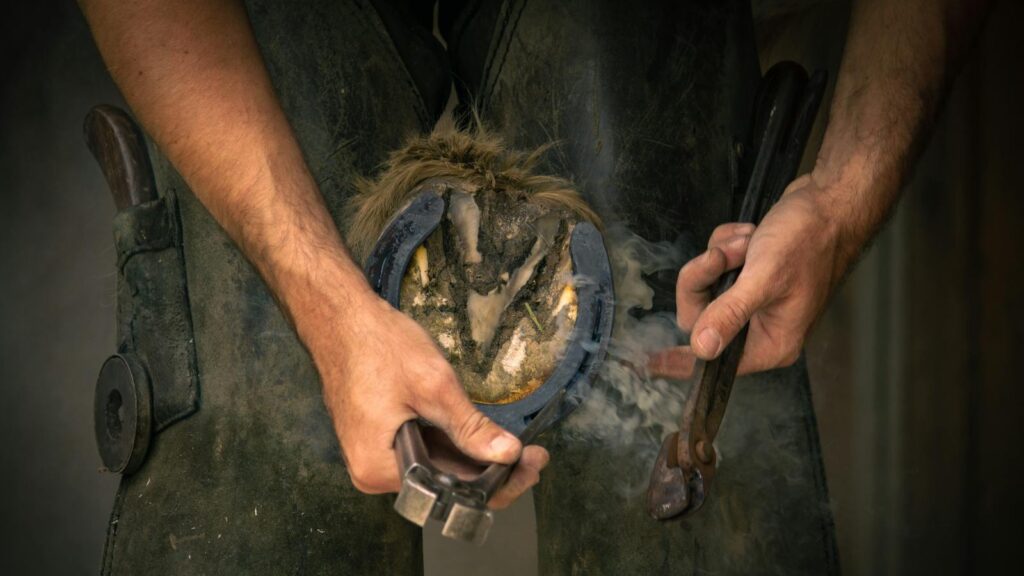
Abnormal warmth in the hooves represents another early warning sign that inflammation may be developing within the laminae. During routine grooming and care, make it a habit to place your hand against each hoof wall, noting any unusual heat—particularly if one hoof feels significantly warmer than the others. The coronary band, where the hoof meets the hairline, may also display increased warmth and might appear slightly reddened or show signs of swelling in early laminitis cases. This heat often precedes obvious lameness and tends to be most noticeable after exercise or during warmer parts of the day. The contrast becomes particularly evident when comparing affected hooves to unaffected ones, highlighting the importance of knowing what’s normal for your individual horse.
Subtle Changes in Movement and Performance
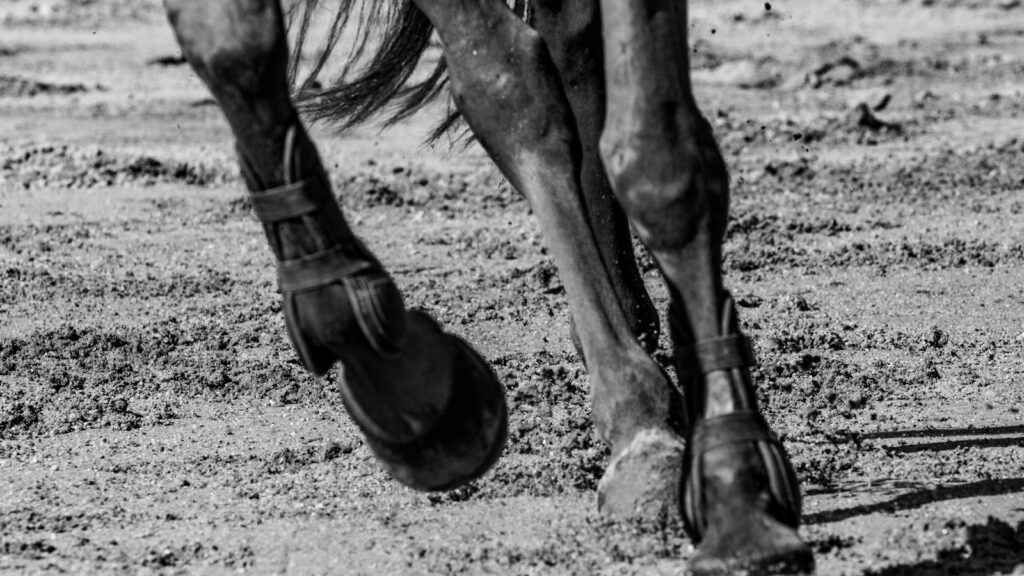
Performance horses often demonstrate early laminitis through barely perceptible changes in their way of going before developing obvious lameness. You might notice your horse seeming less forward or enthusiastic under saddle, or a slight shortening of stride while maintaining apparent soundness. Jumpers may become reluctant to leave the ground or land with less confidence, while dressage horses might show resistance during specific movements that place pressure on the front feet. A subtle stiffness during warm-up that seems to improve with light work (but potentially worsens afterward) can signal developing laminitis. Many riders describe a vague feeling that something isn’t quite right with their horse’s movement—a sensation that shouldn’t be dismissed, as it often reflects the animal’s early attempts to compensate for foot discomfort.
Behavioral Indicators of Early Discomfort
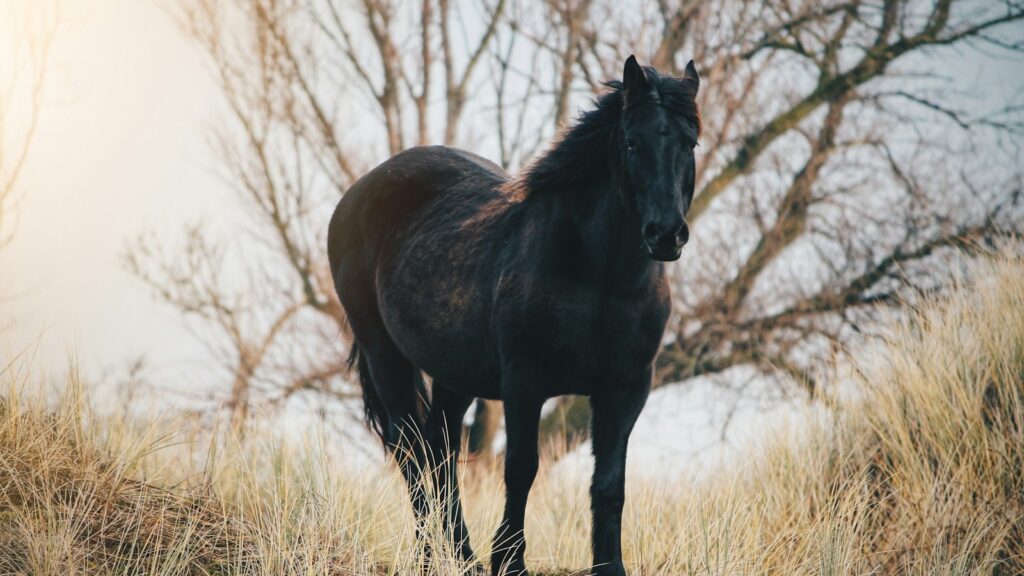
Horses experiencing the initial stages of laminitis frequently demonstrate behavioral changes that reflect their growing discomfort. An unusually reluctant attitude toward work, increased restlessness when standing in the stall, or new resistance to picking up certain feet during grooming can all indicate developing foot pain. You might observe your normally cooperative horse becoming irritable during saddling or showing unexpected behavior like repeatedly lying down and getting up. Changes in eating patterns sometimes emerge, with affected horses appearing distracted from their feed due to discomfort. These behavioral shifts often precede more obvious physical signs and warrant careful attention, especially when they appear alongside other potential laminitis indicators.
Hoof Temperature Variations Throughout the Day
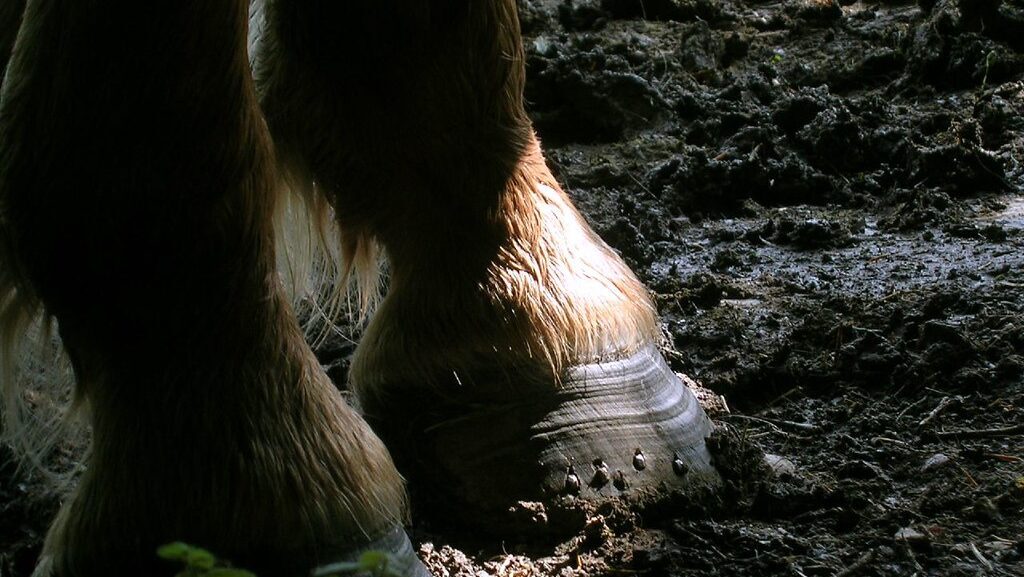
The pattern of temperature changes in hooves throughout the day provides valuable insight for laminitis detection in its earliest phases. Horses beginning to develop the condition often show fluctuating hoof temperatures that correlate with changing discomfort levels. Morning examinations may reveal unusually warm hooves after periods of standing, while temperatures might normalize somewhat during turnout or light exercise as circulation improves. These temperature variations typically differ from the patterns seen in healthy horses and become more pronounced as inflammation progresses. Keeping a simple log of hoof temperature observations, particularly following changes in routine, feeding, or exercise, can help identify concerning patterns before severe lameness develops.
Recognition of Risk Periods and Triggering Events
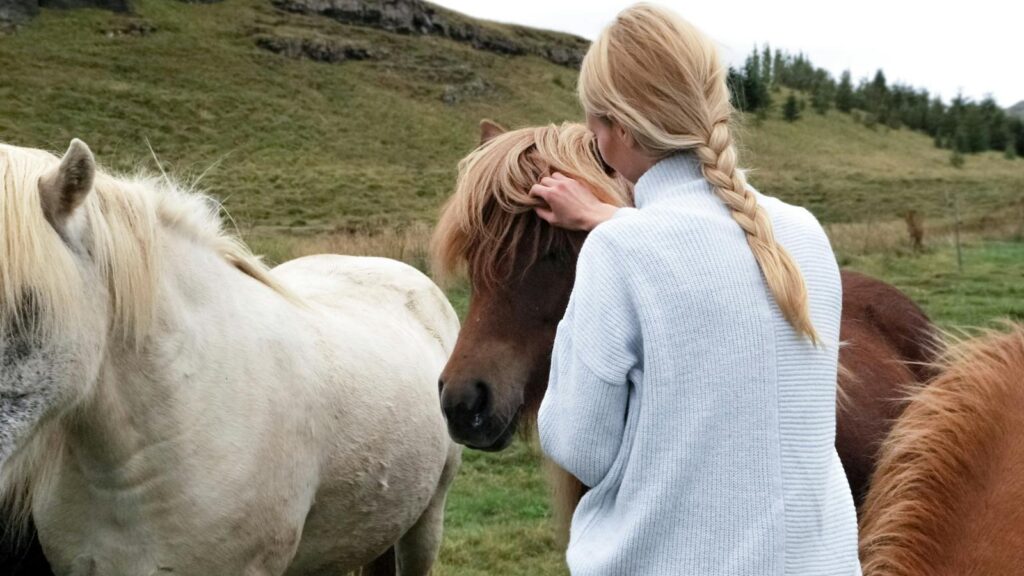
Understanding when your active horse faces elevated laminitis risk allows for heightened vigilance during critical periods. Performance horses face particular vulnerability after intense competitions, during transportation stress, following sudden dietary changes, or when experiencing hormonal fluctuations. Mechanical stress from working on hard or uneven surfaces, sudden increases in training intensity, or changes in shoeing can trigger inflammatory responses in predisposed individuals. A recent history of fever, colic, diarrhea, or administration of certain medications (particularly corticosteroids) should prompt careful monitoring for early laminitis signs. Seasonal factors also play a role, with spring’s fresh grass growth and fall’s frost-stressed pastures representing particularly dangerous periods for metabolically sensitive horses.
Hoof Growth and Quality Changes
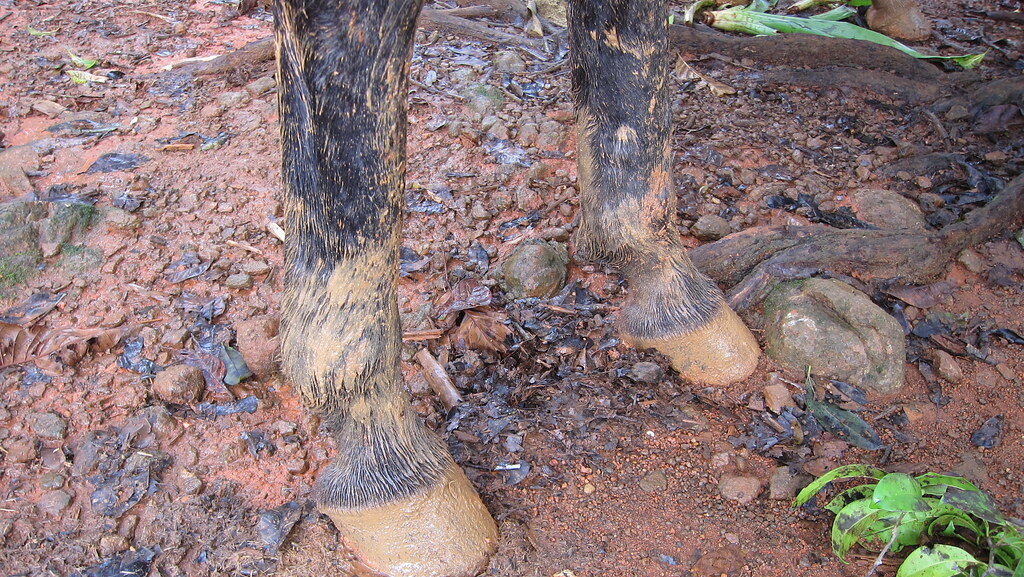
Subtle changes in hoof growth patterns and quality can signal the beginning of laminitic episodes in active horses. Look for the appearance of growth rings or stress lines circling the hoof wall, which may be more pronounced on one side than the other, indicating uneven growth associated with internal stress. The angle and shape of the hooves might begin changing, with a more upright appearance developing in the toe region. You might notice changes in the white line (the junction between the hoof wall and sole), which can appear wider or more stretched than normal. These hoof structure changes develop gradually but often begin before obvious lameness, making regular, knowledgeable inspection of bare hooves an essential practice for early detection.
Utilizing Hoof Testers for Early Detection
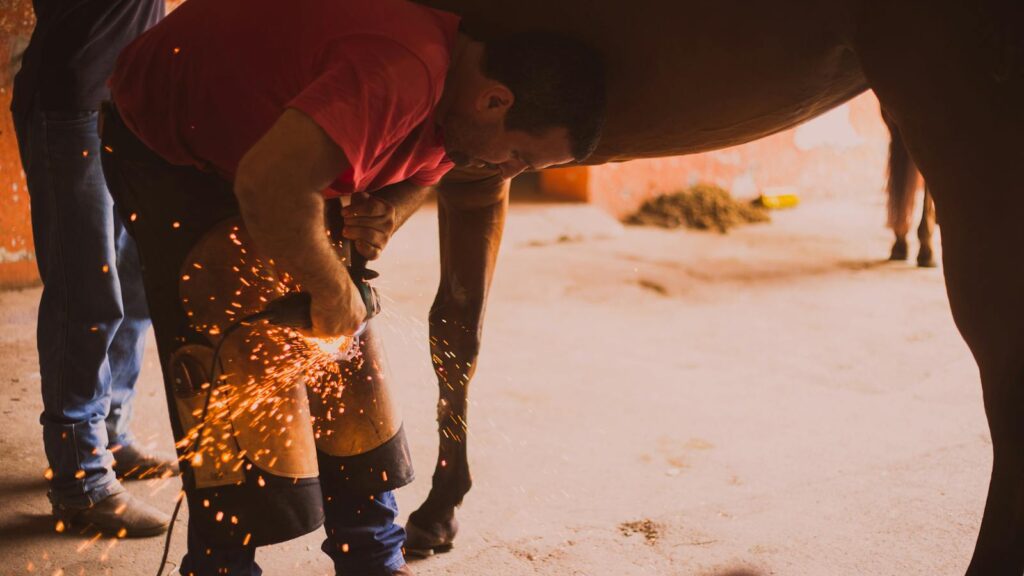
Hoof testers—specialized pincer-like tools that apply focused pressure to specific areas of the hoof—can reveal sensitivity patterns indicative of early laminitis when used properly. In horses developing the condition, pressure applied across the sole at the toe region typically elicits a pain response before obvious lameness appears in movement. Having your farrier or veterinarian perform regular hoof tester examinations provides objective assessment of changes in foot sensitivity over time. The pattern of sensitivity in laminitis typically differs from that seen with bruising, abscesses, or other hoof issues, helping to differentiate the condition in its earliest stages. Learning to use hoof testers yourself (with proper instruction) can become a valuable addition to your regular monitoring routine for performance horses.
Recognizing Concurrent Health Issues
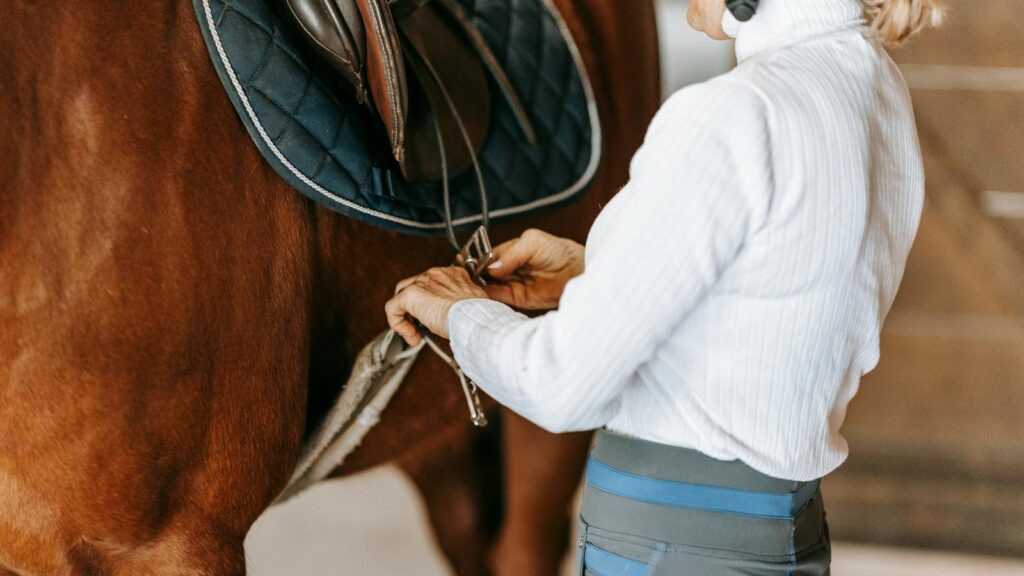
Early laminitis rarely appears in isolation, and recognizing concurrent health issues can provide crucial context for identifying developing cases. Horses showing signs of metabolic syndrome—characterized by regional fat deposits, particularly along the crest of the neck or above the tail head—face elevated laminitis risk even when apparently sound. Recent episodes of fever, illness, or digestive disturbances like colic or diarrhea significantly increase the likelihood of laminitis development, warranting heightened vigilance for subtle foot changes. Mares experiencing hormonal fluctuations during estrus cycles or pregnancy face temporarily increased risk, as do horses recovering from surgeries or other physiological stresses. Recognizing these concurrent factors helps place subtle physical changes in the proper context, potentially allowing for intervention before severe laminae damage occurs.
The Critical First 24-48 Hours: When to Call the Vet
The first 24-48 hours after laminitis begins developing represent the critical window for preventing severe structural damage within the hoof. Understanding when to move from monitoring to seeking veterinary intervention can save your horse from chronic pain and performance limitations. Any combination of warning signs—such as increased digital pulse, warmth in the hooves, and shifting weight while standing—warrant immediate veterinary attention, even if the horse remains technically sound. Waiting until your horse exhibits classic laminitis symptoms (rocking onto the heels, reluctance to move, or the “sawhorse stance”) means inflammation has already caused significant damage. Most veterinarians prefer to examine suspected early cases that turn out to be false alarms rather than treating advanced cases where intervention options become more limited and outcomes less favorable.
Developing Your Personal Early Detection System
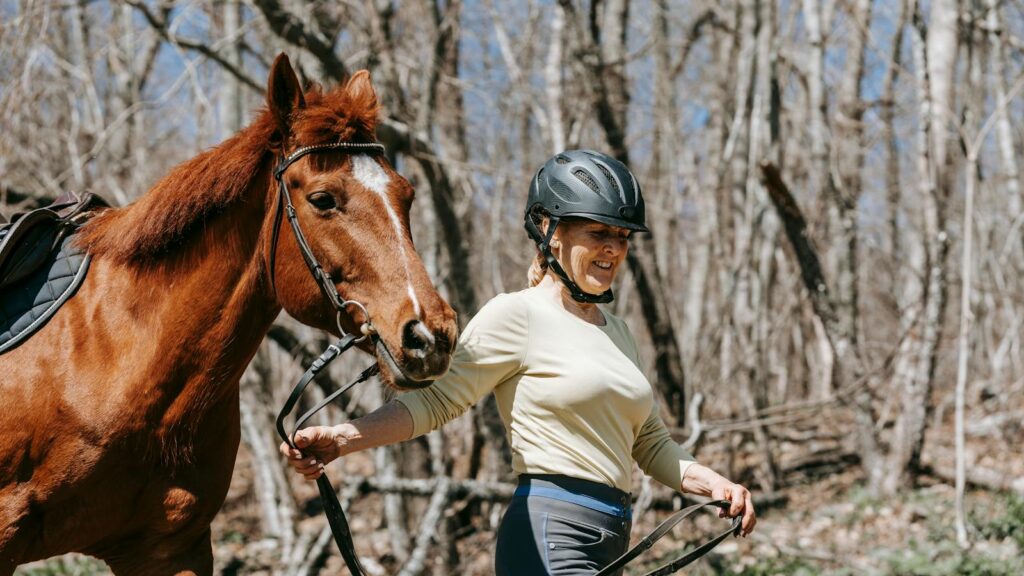
Creating a personalized monitoring routine specifically designed for your performance horse’s lifestyle provides the most effective approach to early laminitis detection. Establish baseline measurements of digital pulse strength, typical hoof temperature patterns, and normal stance characteristics when your horse is definitively healthy. Document these observations, perhaps with photographs or video, to serve as reference points when concerns arise. Incorporate brief monitoring checks into daily routines—feeling digital pulses while picking feet, observing stance while grooming, and noting hoof temperature during tacking up. Track potential triggering events in a simple calendar system, such as intense competitions, training changes, or health events, and increase monitoring vigilance during these periods. This systematic approach transforms general knowledge about laminitis warning signs into a practical, individualized detection system for your specific horse.
conclusion
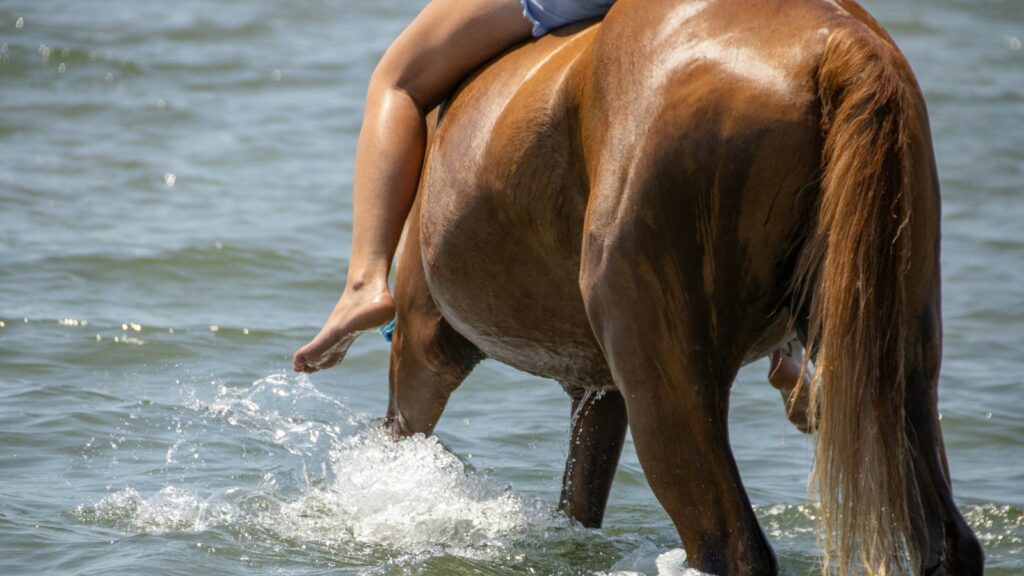
Laminitis remains one of the most feared conditions among horse owners, particularly those with active performance horses whose careers and welfare depend on sound feet. The good news is that this condition rarely develops without warning. The subtle early signs described in this guide provide a window of opportunity for intervention before permanent damage occurs. By becoming familiar with these indicators and developing consistent monitoring practices, you position yourself as your horse’s most important health advocate. Remember that no single sign definitively confirms or rules out developing laminitis—it’s the pattern of subtle changes, particularly when they appear in combination, that should prompt action. With vigilance, knowledge, and a willingness to seek veterinary guidance at the first suspicious signs, you significantly improve your chances of catching this devastating condition before it compromises your horse’s comfort, performance potential, and quality of life.

